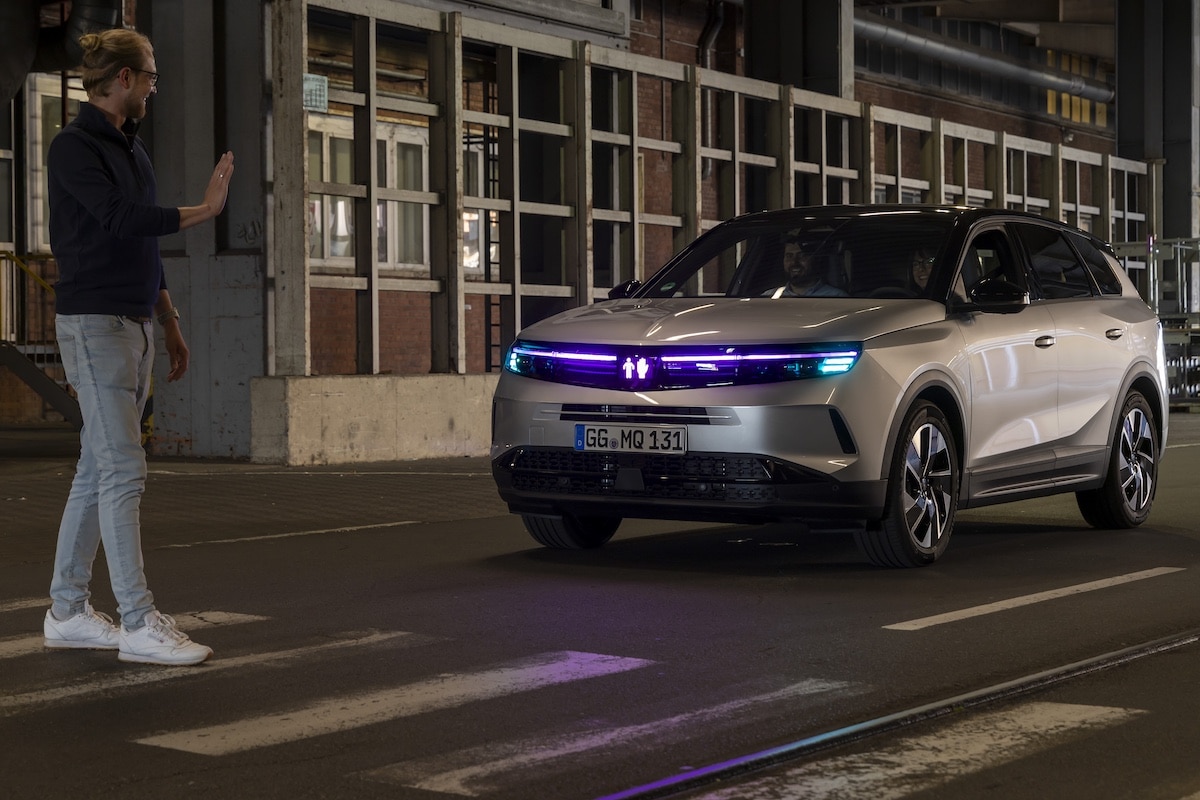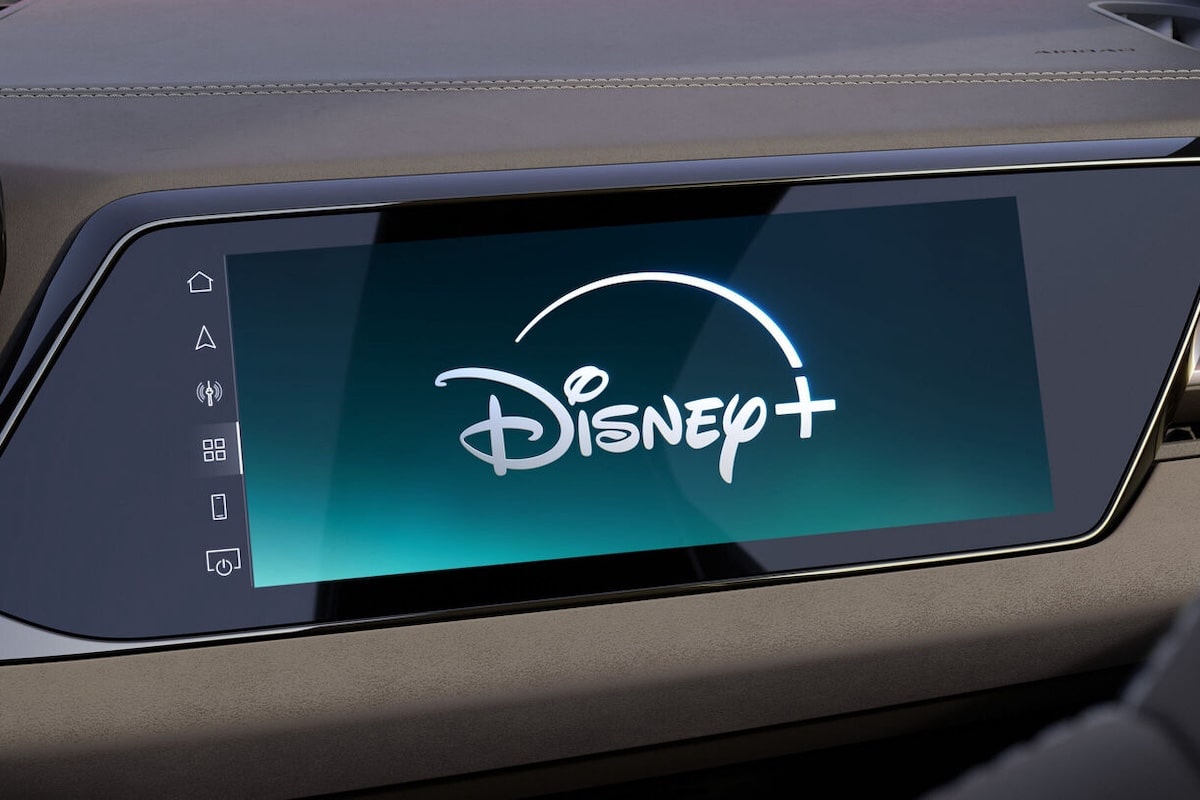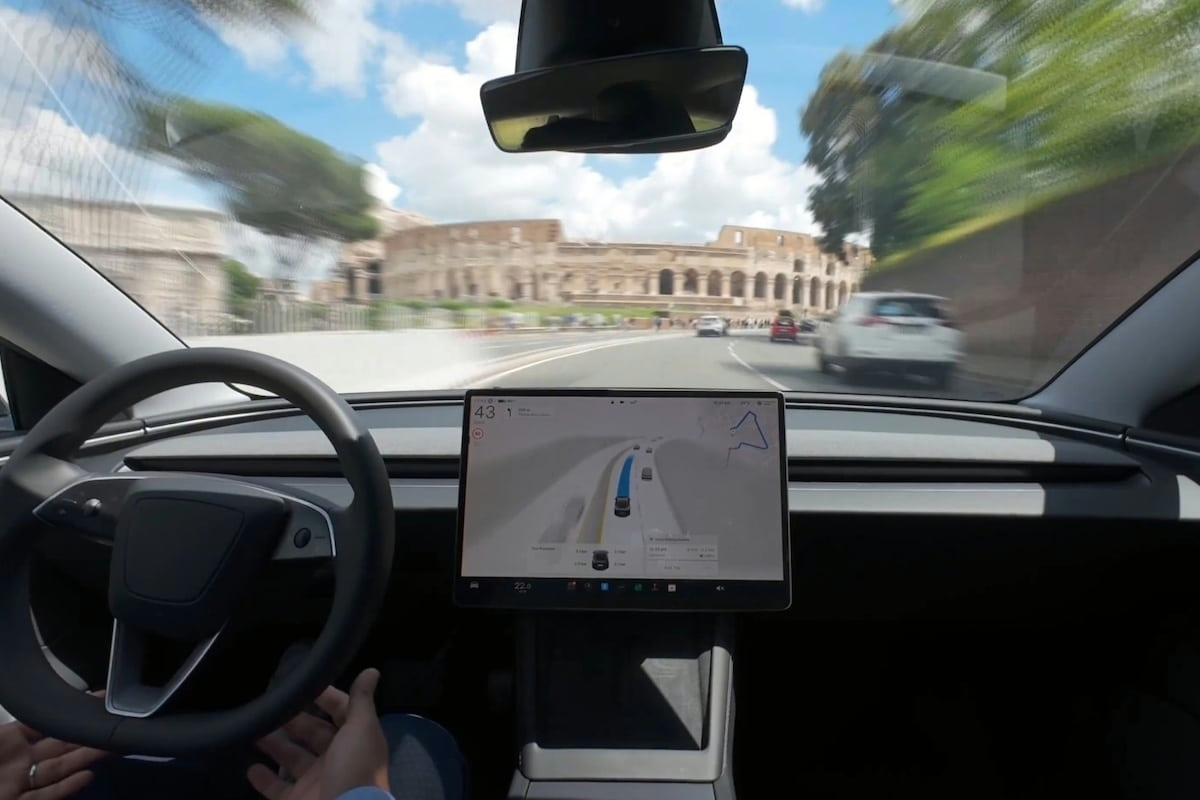Opel Wants Its Cars to Talk to Pedestrians

Opel explores a new luminous communication pathway between autonomous vehicles and pedestrians to enhance everyone’s safety.
At the Darmstadt symposium, Opel unveiled a research project dedicated to using light as a communication tool between autonomous vehicles, pedestrians, and other road users. This initiative was led by Philipp Röckl, Stellantis’s global lighting manager, and Julisa Le, innovation engineer, in collaboration with Opel’s design workshop and students from TU Darmstadt. A prototype based on the Opel Grandland has been developed to demonstrate this concept.


The idea is based on the evolution of lighting systems’ roles. Long limited to visibility and signaling, they could potentially become real communication media in the future. According to Opel, animated light signatures and existing vehicle elements could be used to interact with the environment. For example, the illuminated Blitz logo on the Grandland could be replaced by a screen displaying situation-appropriate symbols.
Safety and Danger Highlighted
Two main scenarios were explored: a potential danger situation and a safe situation. To simulate these, the prototype was equipped with cameras and algorithms capable of detecting objects, gestures, and intentions. In the case of a pedestrian suddenly appearing in the vehicle’s path, the lighting changes to magenta, and a visual warning is projected. The vehicle then slows down, and once stopped, the projectors turn green, and a pedestrian symbol appears to indicate that crossing is permitted.
You might be interestedin this article:
In autonomous driving mode at SAE level 3 or higher, turn signals glow cyan, a color chosen to prevent confusion with current signals. If the system cannot handle the situation, the driver is prompted to regain control, in accordance with ADAS standards. “Cyan and magenta were selected because they are not used in traffic and offer clear perception,” explains Julisa Le.
With this research, Opel demonstrates how automotive lighting could help establish direct visual dialogue and strengthen trust in autonomous driving technologies.
READ ALSO: Boulogne-Billancourt experiments with luminous pedestrian crossings
This page is translated from the original post "Opel veut que ses voitures communiquent avec les piétons" in French.
We also suggestthese articles:
Also read






